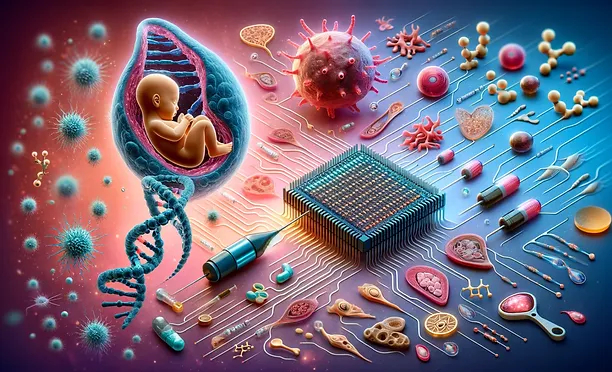CONTACT
D & G Medical Group Inc.
15500 Roosevelt Blvd.
Clearwater, FL 33760
Contact by Phone:
+1 (855) 320-7559
Contact by email:
info@dgmedicalgroup.com
© 2025 | dG Medical Group, Inc. Designed and Powered by Advanced Creative Group
QUESTIONS? CONTACT US.
These statements have not been evaluated by the Food and Drug Administration. These products are not intended to diagnose, treat, cure, or prevent any disease.




